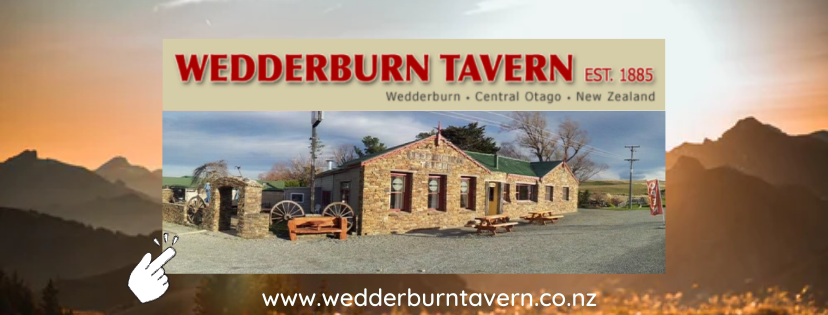Kōrero Māori – Give te reo a go
Mary Hinsen
21 February 2021, 5:30 PM
 Join us in our Māori language journey through our Monday te reo Māori series.
Join us in our Māori language journey through our Monday te reo Māori series.It was great to hear so many people say Kia ora! and Tēnā koe! to me through the week.
It seems a lot of us are giving Te Reo a go. It was wonderful to hear Kia ora! and Tēnā koe! when I was out and about - and wonderful to get so much positive feedback.
This week, I look into the meaning behind the word Māniototo, and take our greetings a step further to say Goodbye.
Māniototo
The names Māori gave to our landscapes contained a huge amount of information about the land, and the relationship of one place to another. They gave places a living dimension.
The meanings of many Māori place names can only be understood through their connections to other names and places.
In Māori culture, there is a huge dependence on passing history down through the generations. Many names act as a kind of map marker for the memory, by marking events that happened in a place, describing a place physically or identifying its resources such as food or water sources. The daily use of such place names meant that history was always present and information always available. In this sense, living and travelling with the use of Māori place names reinforces our history.
The Māniototo we all know and love is a vast elevated plain, bounded by mountain ranges.
In days gone by, the Māniototo region looked somewhat different - it was covered in abundant red tussocks that ‘flowed’ in the wind. Māori often passed through here and named it for the way it looked.
I went to the online Māori dictionary to find out more. Mānia means a plain or plateau. Toto is the Māori word for blood. So, with a slight adjustment for the local Kai Tahu dialect, Māniototo refers to red coloured plains. The name Māniototo reminds us of the ecological history of the area.
How do I say ‘goodbye’?
Now that we’re practising ways to say ‘hello’, we can also look at a few of the key ways to say ‘goodbye’.
Te reo expert Scotty Morrison says te reo Māori provides a number of ways to say goodbye.
The one I find the simplest, because it means I only have to remember a single phrase that fits any situation, is ‘Mā te wā’.
Scotty says this is a good phrase to end a conversation and roughly translates in today’s colloquial-style language as “Catch you later’.
He suggests a good reply when someone says Mā te wā to you is ‘Ka kite anō i a koe’ which means ‘See you again soon’.
I often hear ‘Ka kite anō’ or simply ‘Ka kite’. The Māori dictionary states that this is an incorrect shortening of the phrase.
Use Ka kite anō i a koe when saying goodbye to one person.
Just like last week when saying hello, replace koe with kōrua if saying goodbye to two people. When saying goodbye to three or more people, use koutou instead of koe.
Ka kite anō i a koe - See you again soon, when said to one person
Ka kite anō i a kōrua - See you again soon, when said to two people
Ka kite anō i a koutou - See you again soon, when said to three or more people
There are a couple of other phrases which I hear used regularly when people are saying goodbye. ‘Haere rā’ is only used when you are saying goodbye to someone who is leaving.
‘E noho rā’ or ‘Hei konei rā’ are phrases you only use when you are the person who is leaving - you’ve had coffee and a catch up with a friend, and now you’re leaving to go home.
In learning te reo, the strategy that is working for me is to pick one phrase and use it, then just add in another when I feel confident.
So, keep practising this week. It doesn’t have to be perfect - you’ve just got to give it a try.
Don’t say ‘Hello!’ or ‘Goodbye’, greet and farewell your friends in te reo Māori.
Advertisement



